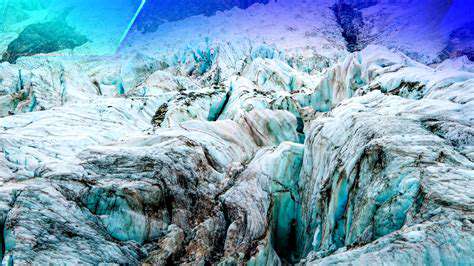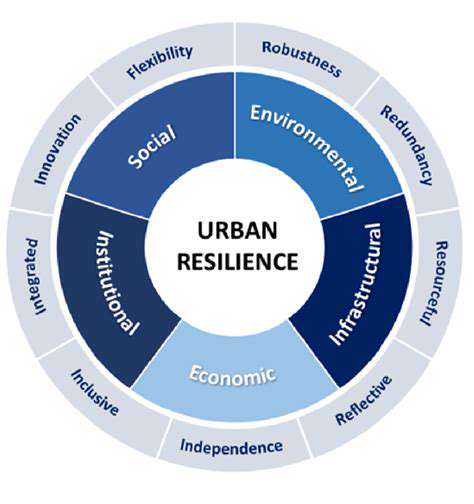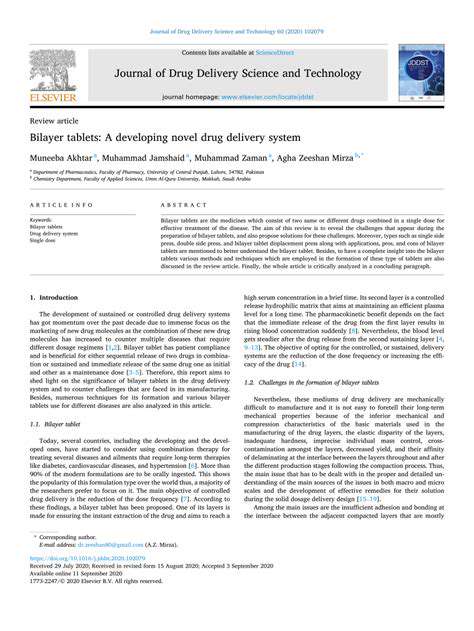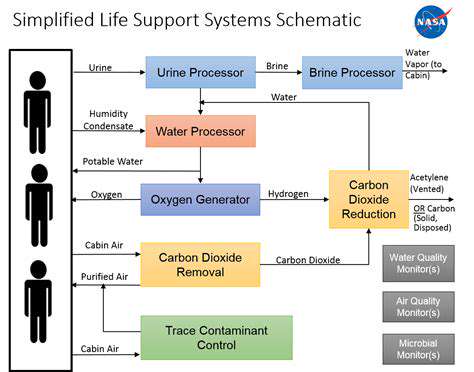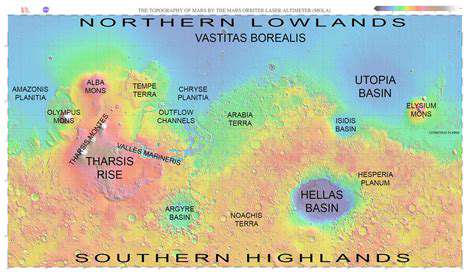
Unveiling Clues about Water and Past Climate on Mars
Exploring Martian Water Ice Deposits
Cutting-edge discoveries from the Mars Reconnaissance Orbiter (MRO) continue to reshape our understanding of water distribution on the Red Planet. The orbiter's advanced imaging systems reveal concentrated water ice deposits in polar regions and shadowed craters - findings with profound implications for both science and future colonization efforts. These frozen reservoirs not only hint at Mars' climatic history but could also serve as vital resources for astronauts, potentially providing drinking water and fuel for return journeys to Earth.
Spectroscopic analysis of these icy formations offers unprecedented insights into their chemical makeup. Researchers emphasize that decoding these compositions might unlock secrets about ancient Martian environments while simultaneously addressing practical challenges for human exploration. The possibility of extracting hydrogen from this water for propulsion systems makes these studies particularly compelling for space agencies worldwide.
Analyzing Martian Weather Patterns
MRO's atmospheric observations paint a dynamic picture of Martian meteorology, tracking everything from continent-sized dust storms to subtle seasonal shifts. These weather patterns serve as a planetary thermometer, recording climate changes over geological timescales. Scientists note that understanding these atmospheric dances reveals how surface features interact with environmental conditions - crucial knowledge for interpreting the planet's evolutionary timeline.
By comparing contemporary weather data with decades of historical records, researchers discern long-term climatic trends. This temporal perspective helps reconstruct periods when liquid water might have flowed across Mars' now-barren surface, offering tantalizing clues about potential past habitats for microbial life. The correlation between atmospheric pressure changes and possible ancient water activity remains a particularly active research frontier.
Unveiling Clues about Mars' Past Climate
The MRO's geological surveys uncover a landscape sculpted by water - from winding valley networks to expansive sedimentary basins. Mineral signatures in these formations suggest episodes where liquid water persisted long enough to alter the planet's chemistry fundamentally. These hydrological fingerprints allow scientists to piece together climate conditions that may have supported standing bodies of water millions or billions of years ago.
The Role of Water in Martian Habitability
Water's presence, distribution, and duration on Mars form the cornerstone of astrobiological investigations. The mounting evidence for periodic surface water raises provocative questions about potential biological activity during Mars' warmer, wetter epochs. While current conditions appear inhospitable, understanding water's historical patterns helps identify locations where microbial fossils or chemical biosignatures might be preserved.
Researchers stress that deciphering the complex interplay between Martian geology, hydrology, and atmospheric evolution remains paramount for assessing both past habitability and future exploration strategies. The MRO continues providing critical data to unravel these planetary mysteries, guiding where future rovers should search for definitive evidence of extraterrestrial life.
Future Investigations and the Ongoing Legacy of MRO
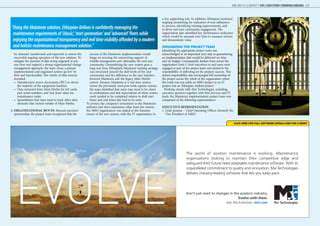
Further Exploration of Existing Data
Scientists emphasize that existing MRO datasets contain untapped potential waiting to be unlocked through innovative analysis techniques. Re-examining archival information with fresh perspectives often yields unexpected discoveries that reshape scientific paradigms. Advanced computational methods, including machine learning algorithms, now enable researchers to detect subtle patterns invisible to traditional analytical approaches.
Development of Novel Research Instruments
The next generation of Martian exploration will require instrumentation surpassing current technological capabilities. Breakthroughs in miniaturized spectroscopy, subsurface radar, and atmospheric sampling tools promise revolutionary insights into Mars' secrets. Researchers highlight that developing these advanced sensors represents a crucial step toward answering fundamental questions about the planet's evolution and potential biology.
Collaboration with Interdisciplinary Experts
Tackling Mars' complex mysteries demands expertise spanning planetary geology, atmospheric science, astrobiology, and engineering. Cross-disciplinary teams bring complementary perspectives that often catalyze scientific breakthroughs where single-discipline approaches stall. Such collaborations accelerate innovation by combining diverse methodologies and conceptual frameworks.
Pilot Studies and Controlled Experiments
Earth-based simulations of Martian conditions provide critical testing grounds for hypotheses before costly space missions. These controlled experiments allow researchers to isolate specific variables and validate theoretical models with empirical data. From artificial Martian soil experiments to simulated atmospheric conditions, these studies bridge the gap between observation and understanding.
Ethical Considerations and Public Engagement
As exploration advances, ethical questions about planetary protection and scientific transparency grow increasingly important. Maintaining public trust requires clear communication about research goals, methods, and potential discoveries that might impact our understanding of life's uniqueness. Outreach initiatives help democratize access to scientific knowledge while gathering valuable feedback from diverse communities.
Long-Term Monitoring and Evaluation
Sustained observation remains essential for distinguishing temporary anomalies from significant trends in Martian climate and geology. Establishing comprehensive baseline measurements now enables future scientists to detect subtle but meaningful changes over coming decades. This longitudinal approach proves particularly valuable for understanding seasonal variations and long-term climatic shifts.
Dissemination and Implementation of Results
Translating scientific findings into practical applications requires effective knowledge transfer to space agencies, policymakers, and the aerospace industry. Strategic communication ensures that research insights directly inform mission planning and technological development. From academic publications to interactive public databases, multiple dissemination channels help maximize the societal impact of Martian exploration.
